Civil Protection
What does the Civil Protection do?
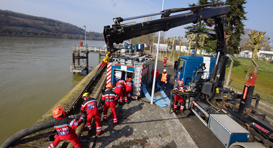
The Civil Protection is a federal emergency service that provides assistance to the population in the event of disasters. Its teams intervene with specialized resources to strengthen the action of the fire brigade, the police and other authorities (governors, mayors, etc.). 313 professional agents in two operational units (Crisnée & Brasschaat) carry out operations throughout Belgium and abroad. The Civil Protection can also rely on volunteers to strengthen its response capacities.
Operational units

The Civil Protection provides the population with assistance in case of small or big disasters. They work in 2 operational units spread over the Belgian territory:
- Brasschaat (near Antwerp)
- Crisnée (near Liège)
Specialties
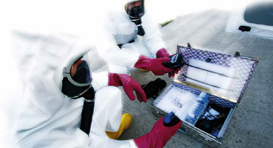
The specialties of the Civil Protection are divided into four groups, called "clusters": CBRN (Chemical, Biological, Radiological and Nuclear), SAR (Search And Rescue), HTD (Heavy Technical Deployment) and ICM (Incident & Crisis Management)
Reform 2019
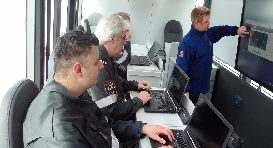
The aim of the Civil Protection is to become a more specialised, efficient and modern emergency service, recognised for its complementary expertise within Civil Security at two levels: the Civil Protection at federal level and the emergency rescue zones at local level.
The reform plan for the Civil Protection was communicated by Minister Jambon on 4 April 2017 and its implementation starts on 1 January 2019.
Contact
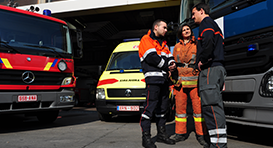
Only the emergency services and the authorities can directly contact the Civil Protection.
History
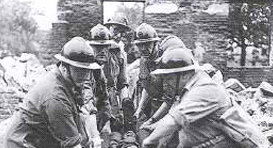
Since the Second World War, the Civil Protection has evolved in line with society's needs in order to be able to support the population. The last major reform was carried out on 1 January 2019 with the aim of specialising its missions and strengthening its place in the aid chain so that the Civil Protection will also be able to face new risks such as terrorism and climate change. Our experts continue to carry out their tasks with innovative techniques and new equipment in order to make a complementary contribution to the other emergency services.

